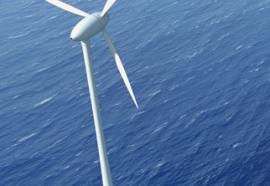Green Transition
Integrating distributed resources into the smart grid.
The remedy for America’s gravest economic woes may lie in a smart grid that can deliver vast amounts of clean, renewable energy while enhancing our energy security and democratizing our energy system. Although regulatory questions and technical challenges might dominate the industry’s short-term focus, the smart grid’s driving forces parallel America’s long-term national interests — a fact that should guide ongoing technology strategies and investment decisions.








